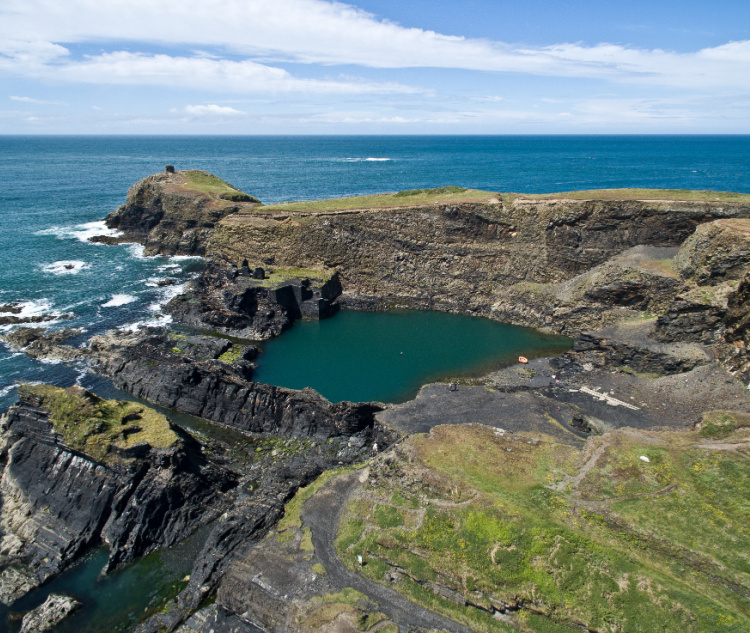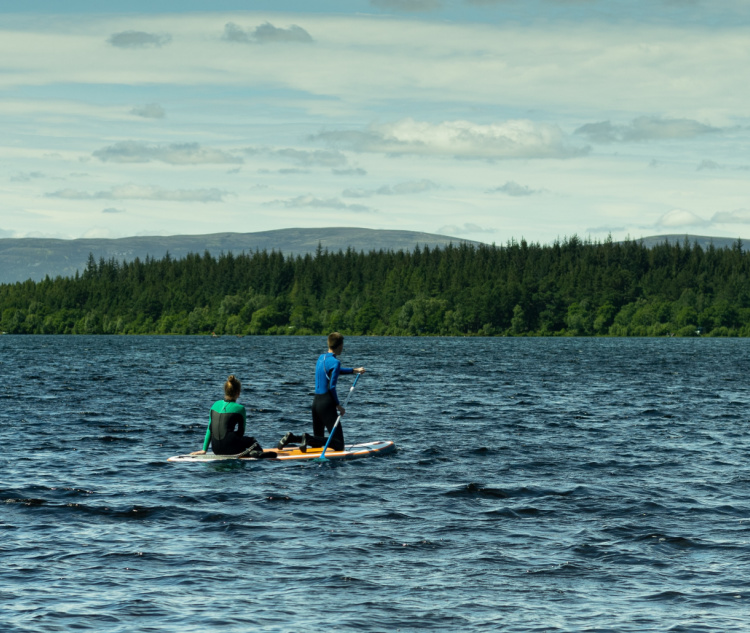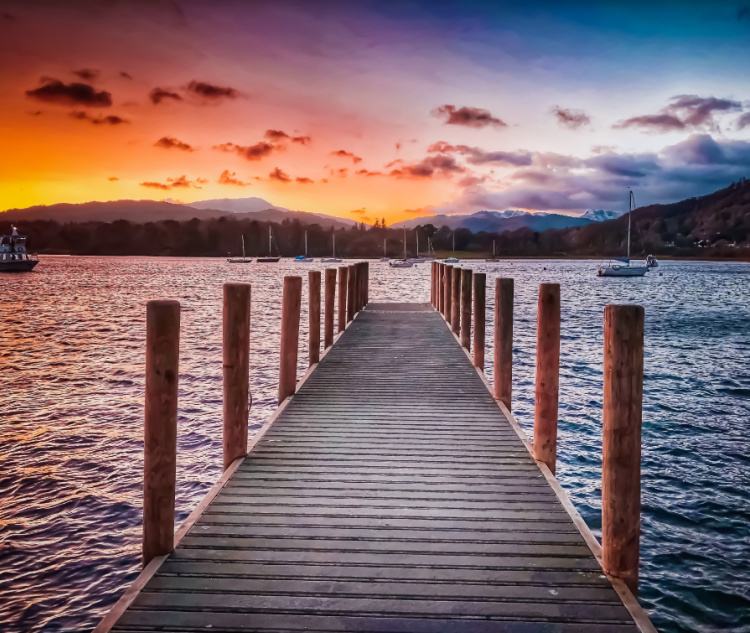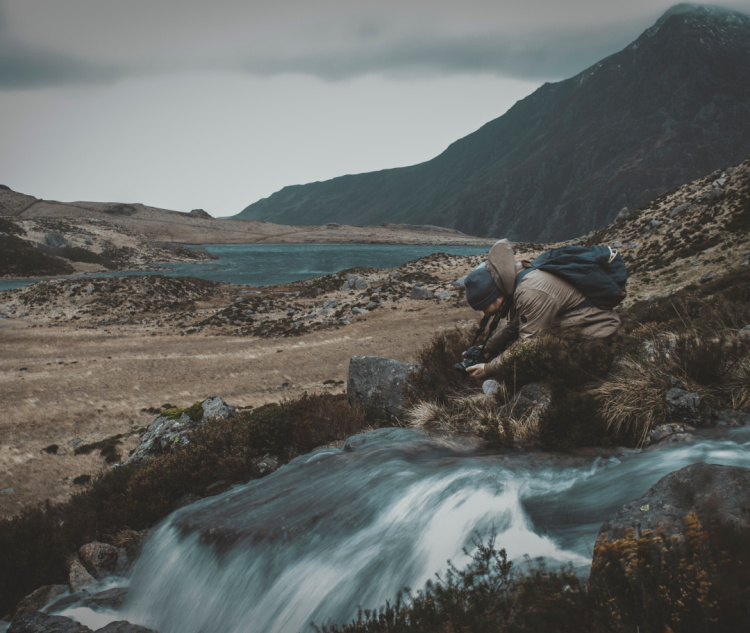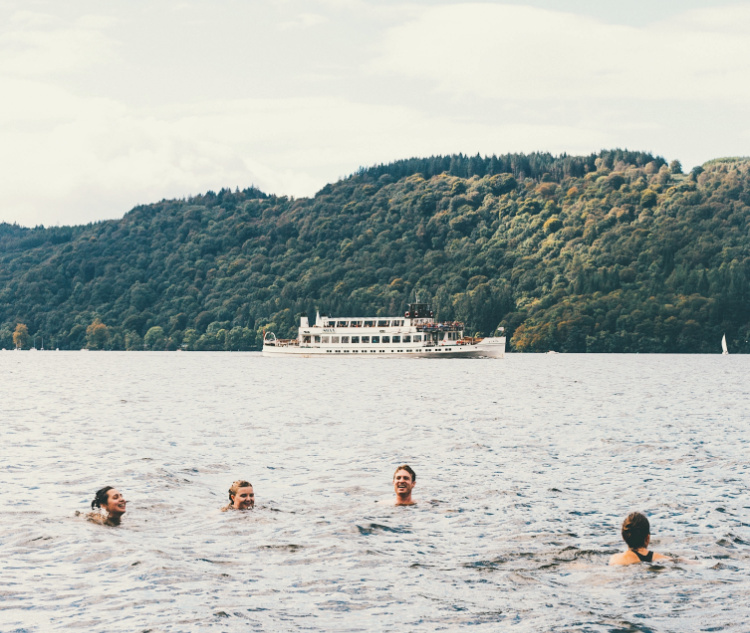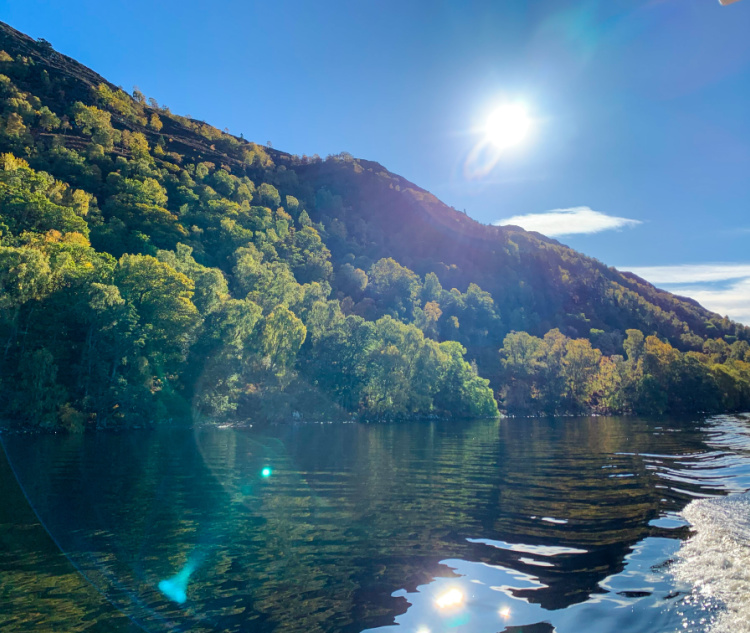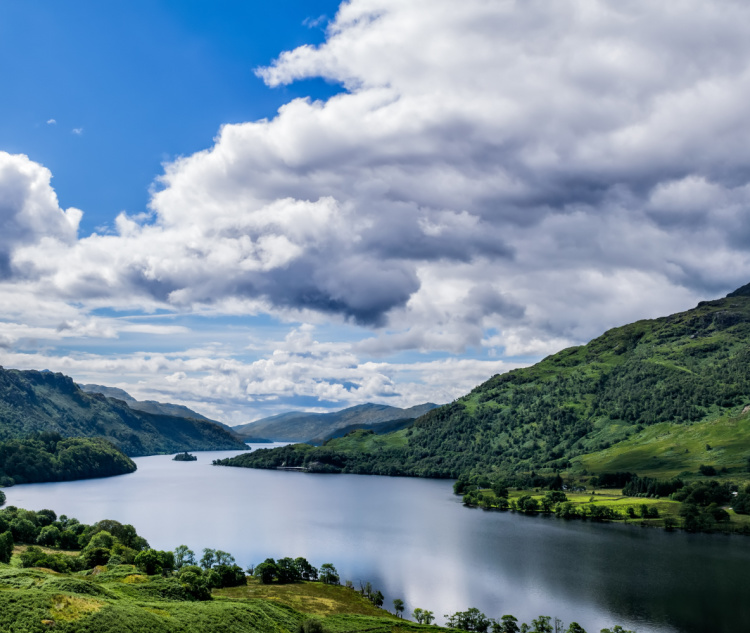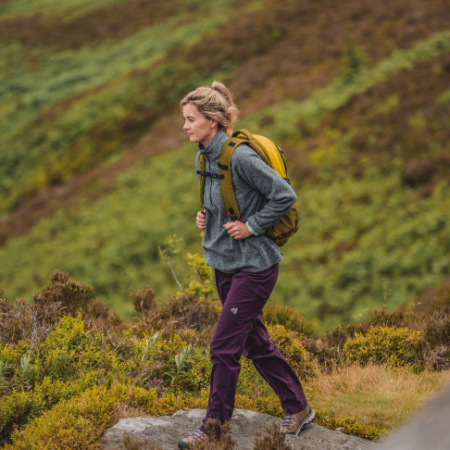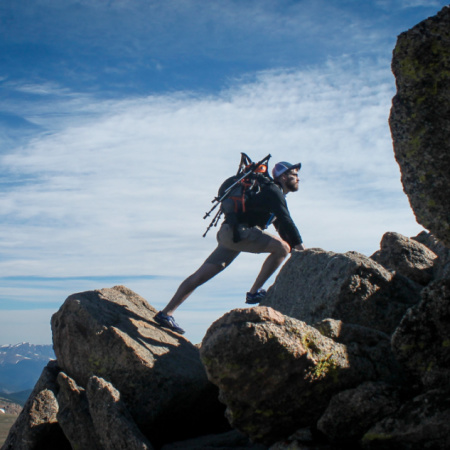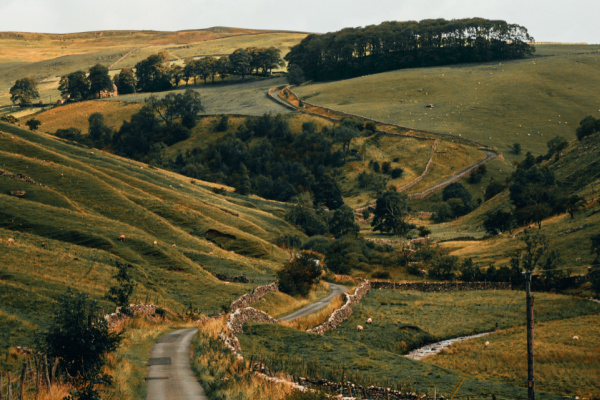And lucky for us, the UK is home to many incredible places to enjoy this adventurous activity.
So, if you’re interested in diving into a new spot, see below for some of the most breathtaking locations you’ll be able to find dotted around the United Kingdom!
Read on to discover the best places for wild swimming in the UK…
What is wild swimming?
Wild swimming can be defined as going for a dip in a natural body of water with no man-made structures in place. This can be anything from rivers and lakes to lagoons and the ocean, depending on where you are.
Wild swimming is a popular outdoor activity amongst thrill seekers, simply because there’s an element of the unknown associated with wild swimming. There likely will be no safety precautions in place for wild swimmers, so think of it as similar to going off-route from a mapped-out walking trail.
Safety tips for wild swimming
Like any outdoor activity, wild swimming isn’t entirely risk-free! So, we’ve put together several safety tips to follow if wild swimming is something you’re interested in exploring:
- Take someone with you on your adventure, or tell someone where you’re going.
- Check the weather forecast, coastal currents and water temperature of your wild swimming location.
- Wear appropriate swimwear for the location. UK waters can be particularly cold, so a full bodysuit may be the best option.
- Wear swim shoes if you’re going swimming in a rocky area.
- Bring safety equipment with you. For example, a tow float or an extra bright swimming cap (so you’re visible to boats and passersby).
- Get into the water slowly. The temperature can be quite a shock, so your body will need time to get used to it!
- Bring warm clothing to get changed into after you’re finished with wild swimming.
- Be aware of your surroundings and figure out how you’re going to get out of the water before you get in.
- Do your research on the wild swimming spot. What potential dangers may there be? Plan accordingly.
- Parasites and other creepy crawlies are likely to be present in any wild swimming spot you find yourself in. Educate yourself on how to avoid any dangers associated with them.
Best places for wild swimming in the UK
The United Kingdom is home to hundreds of wild swimming spots, so we’ve handpicked several of the most raved about by like-minded outdoor enthusiasts. See below to discover where they are!




